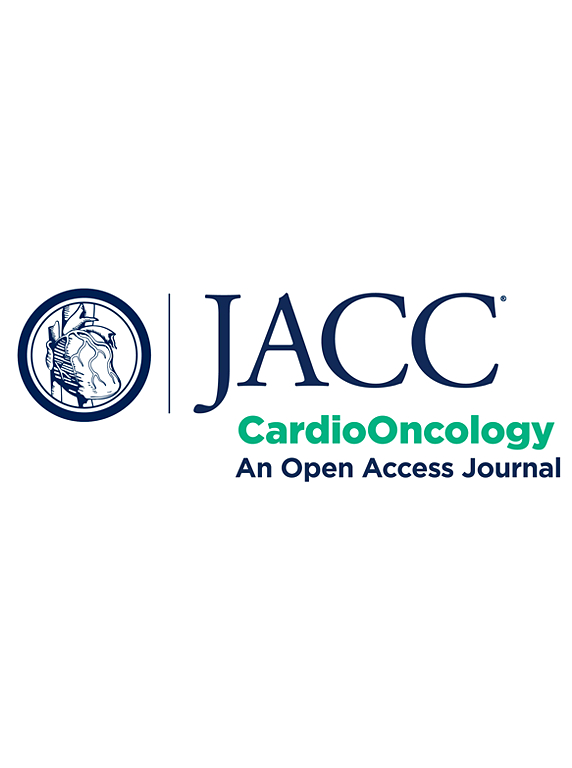心脏肿瘤学的护理质量测量
IF 12.8
1区 医学
Q1 CARDIAC & CARDIOVASCULAR SYSTEMS
引用次数: 0
摘要
本文件是对心脏肿瘤学科质量评估的透视。我们旨在定义当前的状况,确定对质量和结果改进的需求,并提出建立可行指标的路线图,以改善患者护理。具体来说,本文件1)探讨目前心肿瘤学缺乏可衡量的高质量指标及其影响;2)强调需求和特定主题的障碍;3)说明可衡量质量指标的过程和应用;以及 4)提供一个框架,为日益增多的癌症和心血管疾病患者展示可衡量的价值。本文章由计算机程序翻译,如有差异,请以英文原文为准。
Quality-of-Care Measures for Cardio-Oncology
This document serves as a perspective on quality assessments in the discipline of cardio-oncology. We aim to define the current landscape, identify needs for quality and outcome improvements, and propose a roadmap for establishing viable metrics to improve patient care. Specifically, this document: 1) addresses the current lack of measurable high-quality metrics in cardio-oncology and their implications; 2) highlights needs and topic-specific barriers; 3) illustrates the process and application of a measurable quality metric; and 4) provides a framework to demonstrate measurable value for the growing population of patients with cancer and cardiovascular diseases.
求助全文
通过发布文献求助,成功后即可免费获取论文全文。
去求助
来源期刊

Jacc: Cardiooncology
Multiple-
CiteScore
12.50
自引率
6.30%
发文量
106
期刊介绍:
JACC: CardioOncology is a specialized journal that belongs to the esteemed Journal of the American College of Cardiology (JACC) family. Its purpose is to enhance cardiovascular care for cancer patients by publishing high-quality, innovative scientific research and sharing evidence-based knowledge.
The journal aims to revolutionize the field of cardio-oncology and actively involve and educate professionals in both cardiovascular and oncology fields. It covers a wide range of topics including pre-clinical, translational, and clinical research, as well as best practices in cardio-oncology. Key areas of focus include understanding disease mechanisms, utilizing in vitro and in vivo models, exploring novel and traditional therapeutics (across Phase I-IV trials), studying epidemiology, employing precision medicine, and investigating primary and secondary prevention.
Amyloidosis, cardiovascular risk factors, heart failure, and vascular disease are some examples of the disease states that are of particular interest to the journal. However, it welcomes research on other relevant conditions as well.
 求助内容:
求助内容: 应助结果提醒方式:
应助结果提醒方式:


